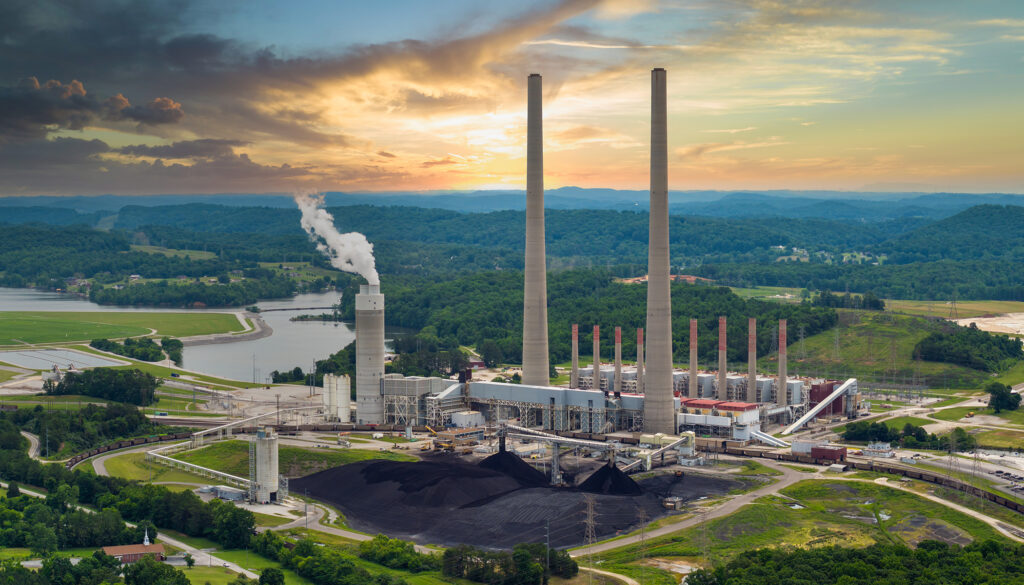Situation

The industry in 2023 is characterized by unstable conditions. Some examples of current challenges in large-scale plant construction are:
- shortage of skilled workers,
- further cost increases,
- global crises,
- high volatility and
- sensitive material supply chain/uncertain material availability.
In such an environment, efficient supply chain management and economical site management are essential. Digitalization is therefore a key factor for project success, without it, both are not possible.
Trend 1: Data Under Control – Construction Management Software

Goodbye, Data Chaos
One pillar for project efficiency is clearly data. Paper, Excel, and data chaos must be minimized. This is achieved with the appropriate digital solution. Construction Management Software brings order to the data jungle and simplifies collaboration. It helps to stay competitive at a time when project costs are exploding, materials are poorly available, and skilled workers are rare.
Convenience
Adequate construction management solutions make it easier for managers, site teams, and back-office employees to carry out their daily work. They support the automation of routine tasks, saving time and energy on a ongoing basis. In addition, project teams benefit from valid real-time information (e.g. for project management and optimization).
Trend 2: Flexibility – Remote Worksite & Mobile App

Fewer On-Site Meetings
In plant engineering in 2023, the new “new normal” is something that was previously unthinkable: location-independent work in the construction industry. With the appropriate construction site management solution, construction managers and executives can perform some of the tasks remotely (e.g. reporting, project management). This reduces the number of on-site appointments and personal meetings and supports transparent, constructive, and flexible collaboration.
All-in-one App
This is made possible by the appropriate plant engineering software, which typically stores all project data centrally, processes, formats and distributes it as required. It provides all functionality needed for communication, collaboration, planning, documentation, reporting, defect management, performance assessments, materials management, project logistics, status visualization (dashboards), etc. Ideally, such software is offline capable and also conveniently usable on mobile phones – then one can not only work off-site, but also handle all use cases directly on mobile phones on site.
Trend 3: Material Supply Chain Efficiency

Proactive and efficient defect management & flexible material substitution.
Material availability is volatile. The goal: to nevertheless be in control over the supply chain (procurement, schedule planning)! To do this, you must be able to react flexibly and proactively.
Real-time information
Material managers must be able to react accordingly: What will arrive on time, what will be sent later, what must be substituted? Where are bottlenecks expected, what can be installed on time? For which currently unavailable individual parts will I need to organize alternatives?
Material supply chain efficiency is best achieved with a digital end-to-end solution that offers comprehensive real-time information and custom-fit management functionality.
Trend 4: End-to-End Digitalization

Holistic View Instead of Silo Thinking
In 2023, it will be more true than ever that those who digitize their projects from A to Z will have a clear lead in plant construction. With an end-to-end platform that digitizes all relevant processes from the supplier to the installation, you can get an overview of the project, find out about details and react adequately to changes at the touch of a button.
Staying in Control
End-to-end digitization helps to reduce costs and raise project quality. It shortens procurement times, facilitates missing parts management and enables anomalies to be identified and rectified at an early stage.
Trend 5: Sustainable Construction

Why?
For many reasons, it is important to build sustainably & efficiently in large-scale plant construction in the future.
- reduce costs, remain competitive,
- protect the climate (e.g. European Green Deal) & meet legal requirements (e.g. regulations to avoid/reduce emissions)
- Meet expectations for responsible action (CSR, Corporate Social Responsibility)
How to succeed?
The topic covers many aspects. CO2 reduction on transport routes, waste reduction/energy recovery, optimization of processes/increased efficiency, etc. are just as much a part of it as
- lean site management,
- material supply chain efficiency (see trend 3)
- material innovations (e.g. Living Building Materials).
Conclusion
Digitization is no longer optional. It raises project execution to a new level of efficiency and quality and helps to manage the challenging conditions in plant construction as effectively as possible.
